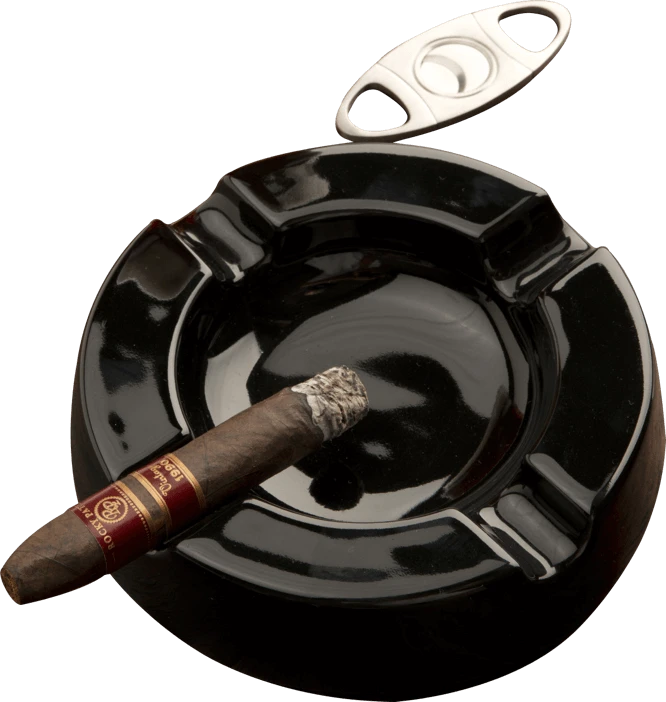Cohiba has a rich history in the cigar industry. Developed in 1968, Cohiba quickly became the flagship brand of the Cuban cigar industry. Quite a few myths surround the brand including one that relates directly to its name which was said to be the aboriginal Taino Indian word for "tobacco," but is now understood to have meant "cigar." The truth about Cohiba's origin is offered by Emilia Tamayo, the Director at El Laguito, Cuba’s most exclusive cigar factory. This charming woman confirms that it all began in the mid-1960s when one of President Fidel Castro's bodyguards enjoyed a private supply of cigars from a local roller, Eduardo Rivera. They so pleased the president that Rivera was asked to make the blend exclusively for Castro. He worked under strict security in an Italianate mansion in the Havana suburb of El Laguito. Developed initially as a medium-bodied protocol cigar for presentation only by officials of the Cuban government, in 1982 Castro decided to release his Cohiba Red Dots (as they’re usually called) to the public. Thankfully, many cigar manufacturers fled to other countries to avoid the suppressive Cuban government and now both Cuban and non-Cuban varieties of the same cigar brand exist. The Cohiba brand is also produced in the Dominican Republic by two separate manufacturers: General Cigar, who owns the trademark for the name in the U.S., and by Monecristi de Tabacos, who holds Trademark for Cohiba in the Dominican Republic.
Legendary brands often come with unrealistic expectations but this one shouldn’t disappoint on any level. Note the stout, solid construction and tight fitting cap. It’s not particularly soft, nor is it overly firm. As Goldilocks might say, the craftsmanship is “just right.” The Cameroon wrapper smells sweet and wonderful and secures a Indonesian binder and Dominican Piloto Cubano fillers. Expect this medium-bodied stick to light easily and savor delicious smoke—with notes of pepper and spice—right out of the gate. Midway, look for hints of almond, butter and cream. The ash will be nice and long, salt and pepper—a little more salt than pepper. From the first draw to the last, the Cohiba exhibits all the quality of an excellent, well-constructed, premium cigar that lives up to its pedigree. This one warrants a top shelf whiskey such as The Macallan 18 Year Old Sherry Oak Single Malt.
Though tobacco is indigenous to Hispaniola, the tobacco industry in the Dominican Republic existed in the shadow of Cuba’s dominance through the 1960s. When the exodus of Cuban cigar makers began in the wake of the revolution, many decided the Dominican Republic would be ideal for the resumption of their livelihoods. Unrest in Nicaragua in the 1980s fueled the Dominican cigar industry further. The country now makes more than half of the premium cigars imported into the U.S.
The Cibao Valley and the nearby city of Santiago are the center of cigar production in the Dominican Republic. Three main varieties are grown here: the mild and native Olor Dominicano; the intense Piloto Cubano, brought from the Vuelta Abajo of Cuba; and San Vicente, a milder and more acidic Piloto hybrid. Dominican puros were once unheard of as it was widely thought impossible to grow quality wrapper leaf on the island, but new growing techniques are now allowing some exceptional puros to be produced.

Outstanding Values On Top-Rated Cigars
Our purchasing power allows us to offer exceptional reorder values on highly rated
cigars such as
Rocky Patel's Decade Torpedo, rated 95 in Cigar Aficionado.

